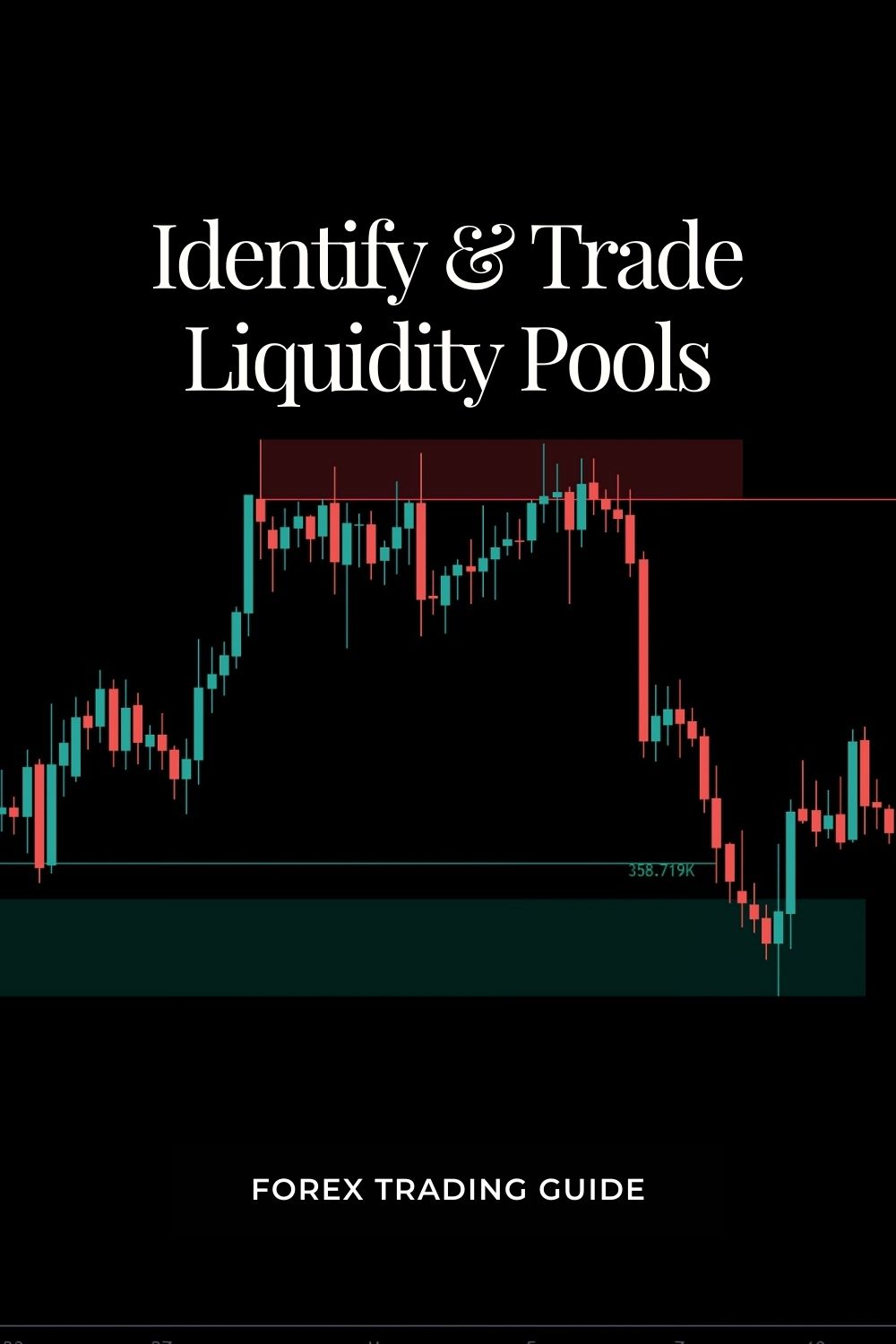Last Updated on March 28, 2025 by Arif Chowdhury
Ever found yourself staring at a chart, wondering where all the action is?
You’re not alone.
Many traders struggle with understanding market dynamics.
Let’s cut through the noise and talk about liquidity pools.
These are crucial areas where price tends to react, and knowing how to identify and trade them can be a game changer.
As a seasoned Forex trader since 2015, I’ve seen firsthand how understanding liquidity can elevate your trading strategy.
Let’s dive in.
What Are Liquidity Pools?
Liquidity pools are areas on a price chart where a significant volume of buy or sell orders are clustered.
These are often found around support and resistance levels.
When price approaches these zones, it can either bounce off or break through—creating trading opportunities.
In fact, studies show that about 70% of price movements occur near these key levels.
So, if you’re not paying attention, you’re missing out.
Why Are They Important?
Recognizing liquidity pools helps you:
- Determine potential reversal points.
- Identify breakout situations.
- Enhance your risk management strategy.
When you understand where liquidity is concentrated, you can position yourself more effectively in the market.
How to Identify Liquidity Pools
Here’s a simple breakdown:
- Look for Areas of Consolidation
These are price ranges where the market is stuck. When price breaks out of this range, it often heads towards a liquidity pool. - Check Support and Resistance Zones
Prices tend to struggle at these levels. The more times a level is tested, the stronger it becomes. - Use Candlestick Patterns
Patterns like pin bars or engulfing candles near liquidity pools can signal potential reversals or breakouts. - Analyze Volume
High trading volume at a particular price level indicates the presence of liquidity. More volume means more orders, which can lead to stronger price movements.
Trading Liquidity Pools
Now that you can identify these pools, how do you trade them effectively?
Here’s a step-by-step approach:
- Wait for Price to Approach the Pool
Don’t jump in too early. Allow the price to come to you. - Look for Confirmation
Use candlestick patterns or volume spikes to confirm your entry point. - Set Your Stop Loss
Always protect your capital. Place your stop loss just outside the liquidity pool to minimize risk. - Plan Your Exit
Identify your target. Aim for a reward-to-risk ratio of at least 2:1.
My Trading Strategy
I’ve developed a unique trading strategy that integrates price action analysis with other methods.
This allows me to spot liquidity pools effectively and trade them profitably.
And guess what?
I’ve created a portfolio of 16 trading EAs that also utilize price action strategies among other techniques.
Each of these bots is designed to trade major currency pairs like EUR/USD, GBP/USD, USD/CHF, and USD/JPY.
Their multi-layered diversification minimizes risk while maximizing profit potential.
My bots have been backtested over 20 years and consistently perform well across different market conditions.
You can access my entire EA portfolio for FREE! Check it out here.
Best Practices When Trading Liquidity Pools
- Stay Informed
Keep an eye on economic news that can affect liquidity. - Use a Reliable Broker
The broker you choose can impact your trading experience. I recommend checking out some of the best forex brokers I’ve tested. You can find them here. - Practice Makes Perfect
Use demo accounts to practice identifying and trading liquidity pools without risking real money.
Conclusion
Identifying and trading liquidity pools using price action analysis is a skill that can significantly enhance your trading game.
With the right tools, like my 16 trading EAs and the best brokers, you can navigate the Forex market with confidence.
Start today by familiarizing yourself with liquidity pools and watch your trading improve.
Remember, knowledge is power, but action is key.
